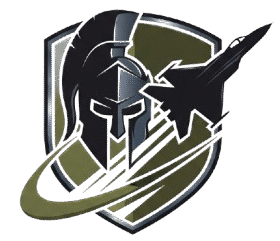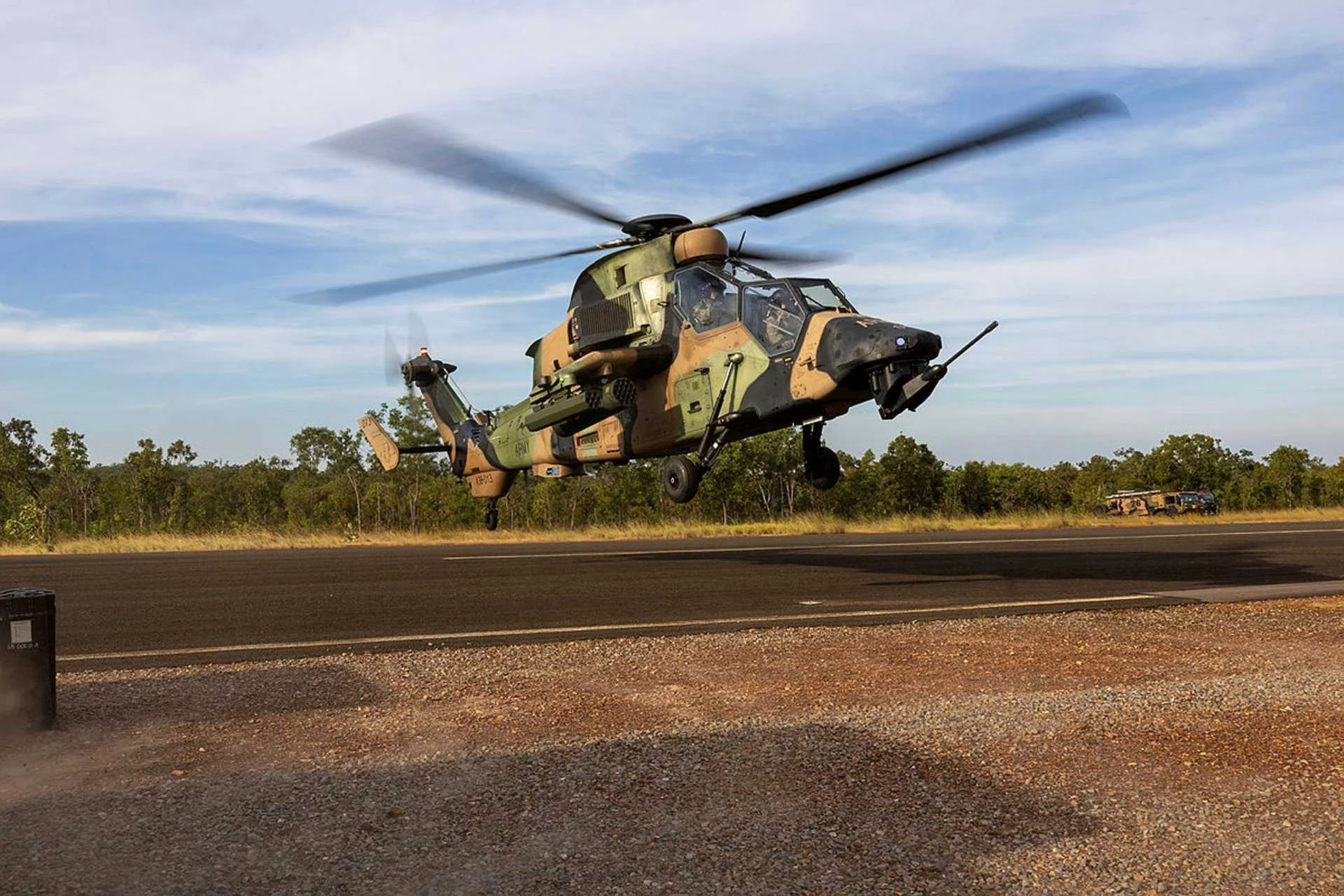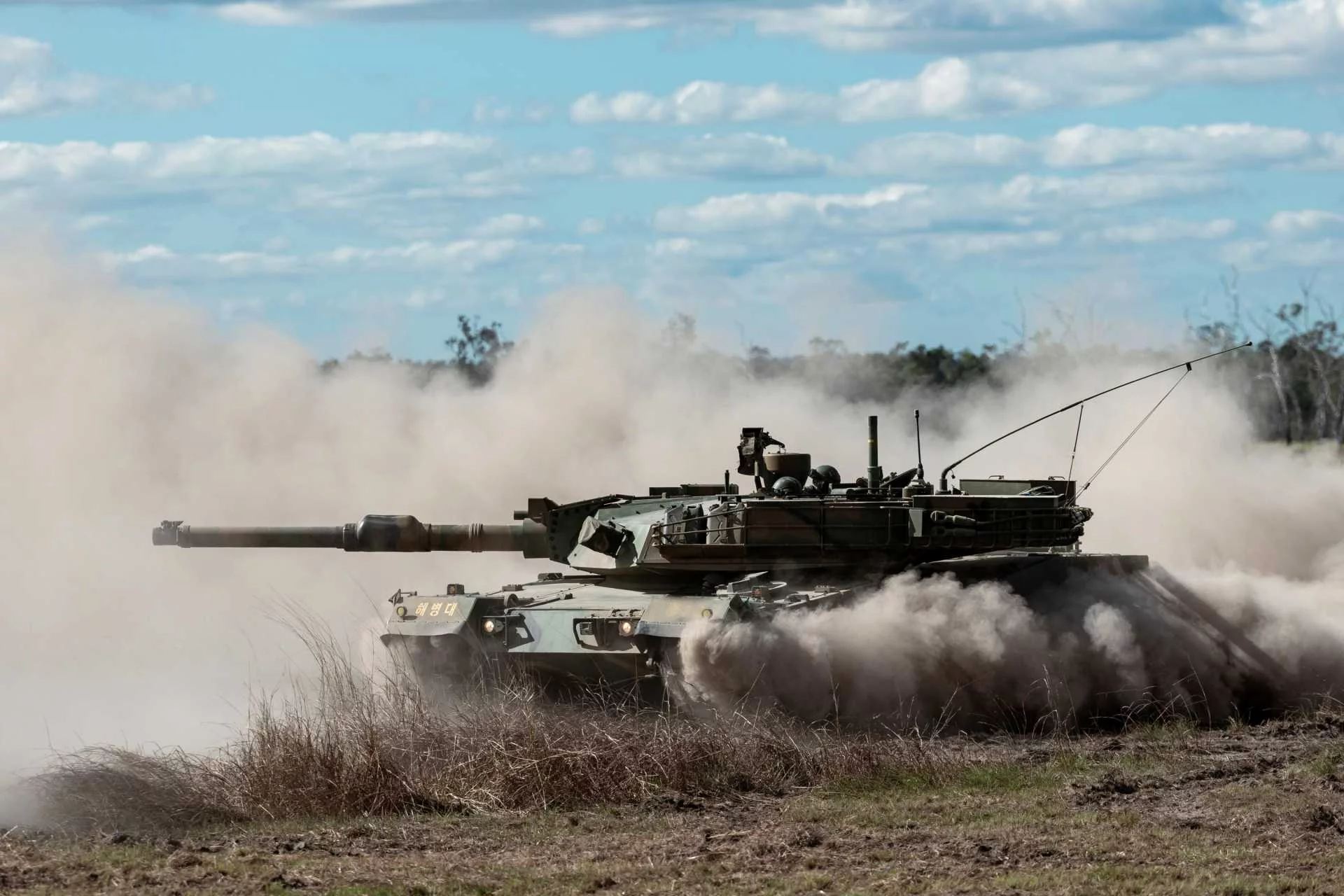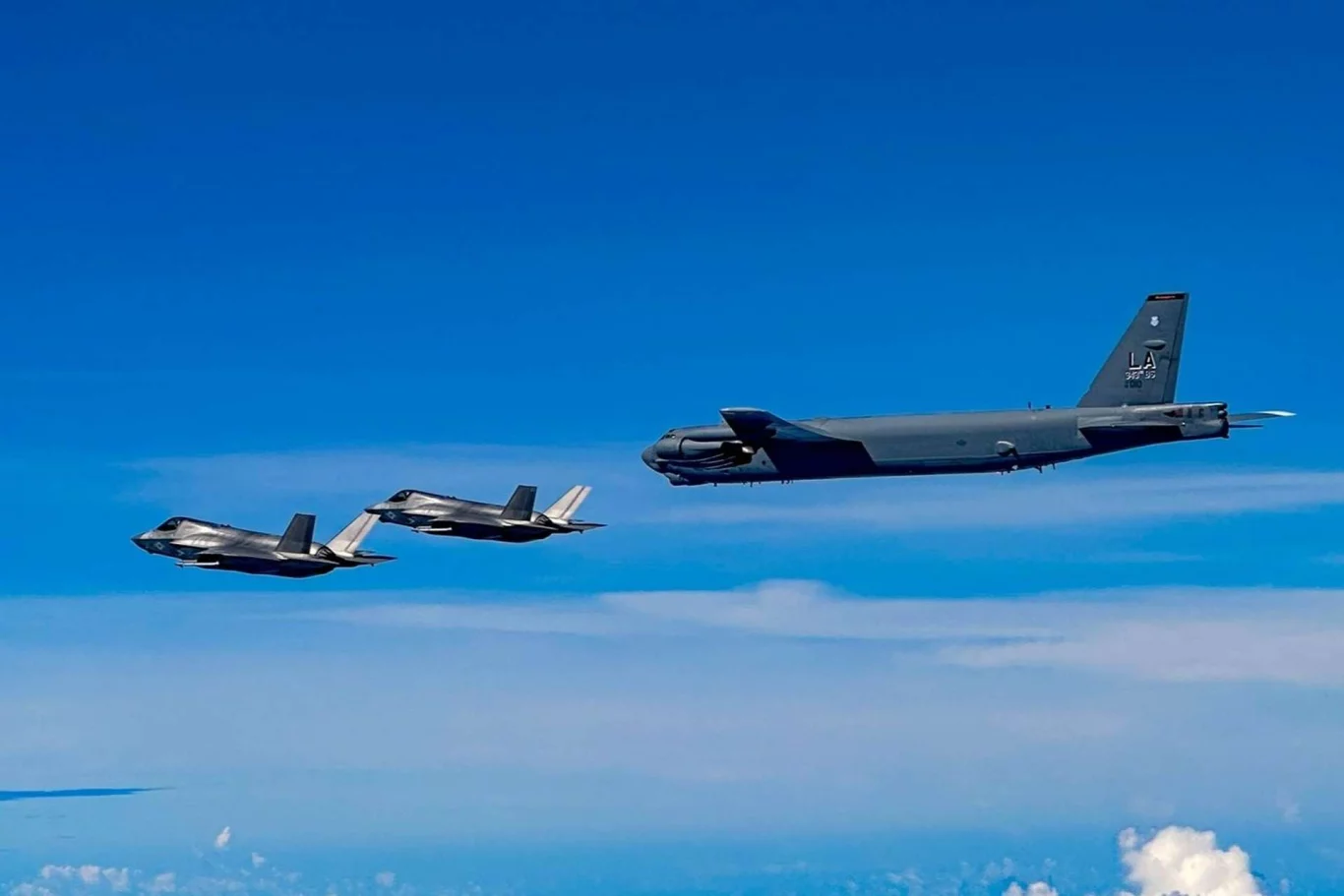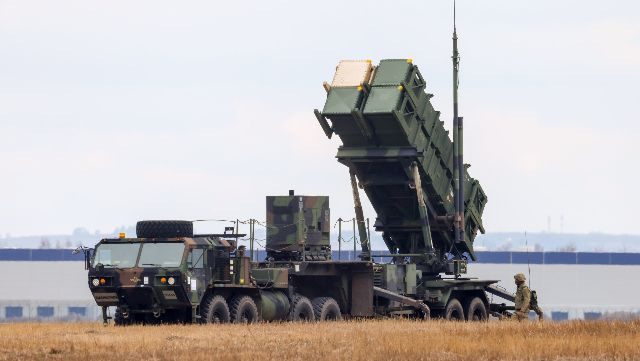Australia’s long and often strained relationship with the French-made Tiger attack helicopter may be nearing its final chapter after a recent hard landing incident raised fresh concerns within the country’s defense establishment. According to defense sources, a Tiger ARH (Armed Reconnaissance Helicopter) operated by the Australian Army experienced a significant hard landing during a routine training exercise, renewing fears about the platform’s reliability and long-term viability. Although no fatalities were reported, the incident has once again brought the controversial helicopter’s operational history into the spotlight, potentially accelerating Canberra’s already-declared plan to transition to the American-made AH-64E Apache Guardian.
This event has reportedly triggered a high-level review among Australian defense officials and could act as the tipping point in fast-tracking the retirement of the Tiger fleet. The Australian government had previously announced its intent to replace the Eurocopter Tiger with the AH-64E Apache Guardian by the mid-2020s, citing persistent issues related to availability, maintenance complexity, and limited interoperability with allied forces. The latest incident has intensified conversations within the Australian Defence Force (ADF) about expediting that transition timeline, particularly given the Apache’s strong track record in operational environments and its logistical compatibility with U.S. and NATO systems.
The Tiger helicopter has had a troubled service history in Australia since its induction in the mid-2000s. Initial delays in delivery and capability upgrades, combined with rising maintenance costs and technical shortcomings, have plagued the platform for years. Critics within the defense community have long argued that the Tiger ARH did not live up to its expected performance benchmarks, especially in mission readiness rates and ease of integration with modern battle networks. While Australia has made numerous efforts to upgrade and sustain the fleet, the overall return on investment has remained questionable.
Meanwhile, the AH-64E Apache Guardian has emerged as a proven alternative. With decades of combat experience, a robust supply chain, and significant technological upgrades—including improved sensors, networked battlefield integration, and enhanced survivability—the Apache presents a lower-risk, higher-capability solution for Australia’s future armed reconnaissance needs. The helicopter’s ability to operate seamlessly with American and allied ground and air units gives it a major edge in joint operations, especially in the Indo-Pacific region where Australia’s strategic priorities are increasingly focused.
The recent Tiger incident occurred during a standard military training drill, but details regarding the cause of the hard landing have not been officially disclosed. However, initial assessments suggest that mechanical issues may have played a role. Such concerns are not new; the Tiger has previously been grounded over safety worries and has required substantial engineering support to remain operational. This growing list of complications has only strengthened arguments in favor of moving ahead with the Apache acquisition without further delay.
Australia has already committed to purchasing 29 AH-64E Apaches under a deal that includes training, support infrastructure, and advanced weapons systems. The delivery schedule was initially set to begin in 2025, but defense analysts now believe that the timeline may be pushed forward, especially if additional Tiger airframes are deemed unfit for safe operations. Speeding up Apache integration could also signal to allies—particularly the United States—that Australia is committed to achieving full interoperability within joint combat frameworks.
The symbolic aspect of this potential acceleration should not be ignored. For years, Australia has attempted to balance its procurement choices between European and American defense partners. However, the Apache acquisition marks a clear pivot towards American platforms, reflecting broader shifts in defense doctrine, alliance politics, and long-term strategic planning.
Ultimately, while the recent incident involving the Tiger helicopter may not have resulted in loss of life, its consequences could reshape the timeline of Australia’s military aviation transition. The Apache represents not just a new attack helicopter, but a more dependable and strategically aligned capability for the Australian Defence Force. If current signals are any indication, the sun may finally be setting on the troubled chapter of the Tiger ARH in Australia’s military history
